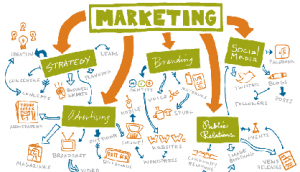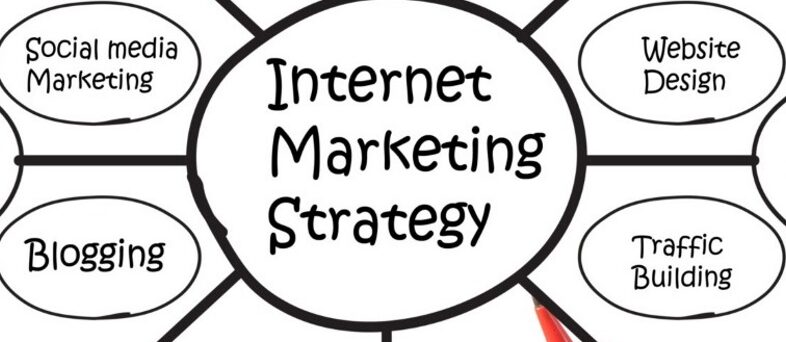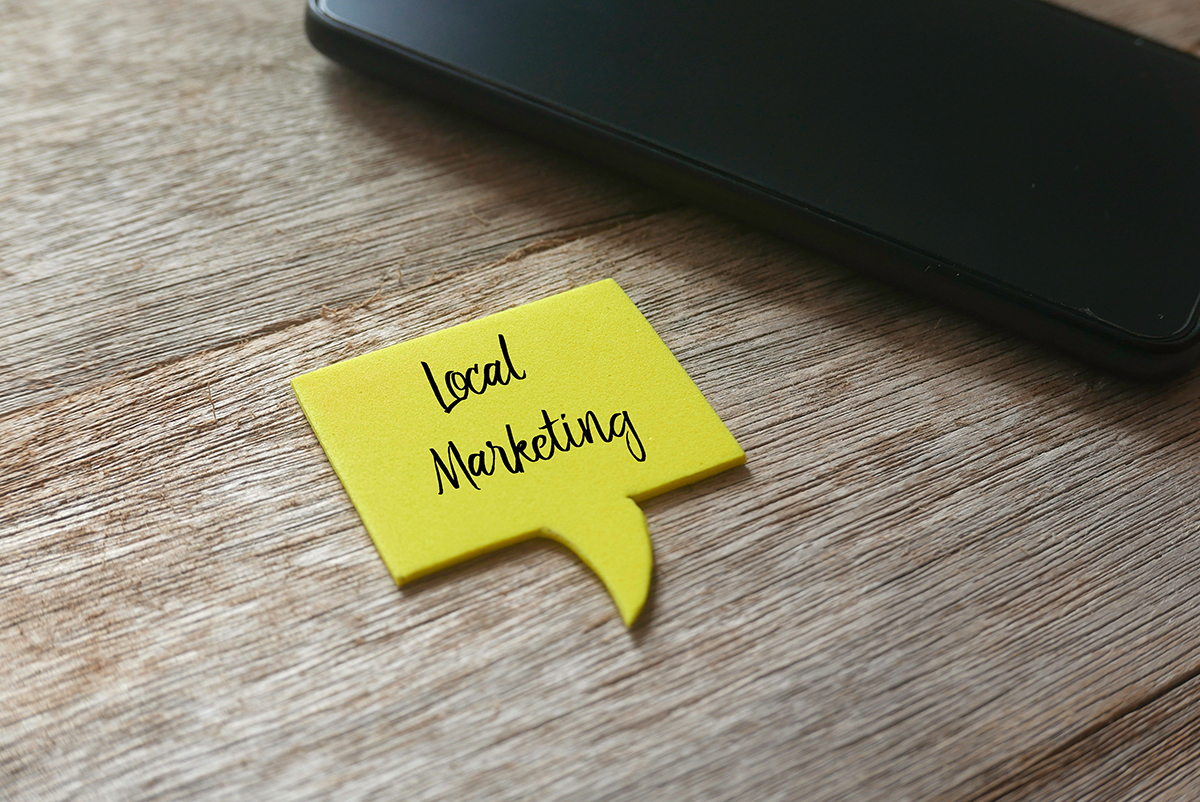Digital Marketing Plan Basics
A solid digital marketing plan is a requirement for any business, from the smallest to the largest. Many business owners find it challenging to navigate through the abundance of solutions available, and knowing which areas to devote their time and energy. If you can relate to this issue, then keep reading as we outline the five most important aspects of a digital marketing plan.

Branding
Your company’s or organization’s brand must always be at the forefront of your marketing initiatives and activities. And your brand is what people think about when they hear your name or see your logo. As marketers, it is our job to mold the perceptions of our target audience, relative to the products and services that our brand provides. This is most effectively accomplished by publishing content that relates to your company’s higher purpose or mission. You must be able to tell your brand story in an impactful way through digital channels. Content is the fuel for your digital marketing engine and needs to be planned out strategically. IF you haven’t figured this part out yet, don’t go any further.
Website

Your website should be the main focus of your digital marketing efforts. It should be the repository for all the wonderful content you are producing – blogs, videos, infographics, etc. This way, when you share the content through other digital channels, it drives traffic back to your website that you can convert into real sales opportunities. Even more importantly, it’s critical that your website is configured properly for search engines such as Google, Yahoo, and Bing. When people like us talk about SEO, that’s what we are talking about. Optimizing your site’s content so you can be found when potential customers are searching online for what you sell. This results in your website (or page within) ranking as high as possible in the search engine results page (SERP).
Additionally, there is a myriad of other administrative tasks that must be completed to make sure your website is registered properly with the search engines and other local directories. These are oftentimes easily overlooked by business owners masquerading as DIY marketers.
Your website must also provide a superb user experience, so be sure to map out exactly how you would like visitors to interact with your site. Understanding why someone is visiting the site also needs to be taken into consideration. Are you taking a lead generation or lead verification approach? Are you selling products online or strictly brick and mortar? Or both? Are you selling business to business services? The answers to these questions will dictate how you build the website, in an effort to maximize “conversions”, for example, contact form submissions, case study downloads, or product purchases.
Social media
When it comes to a digital marketing plan, social media seems like a no brainer, and to a degree it is. You can post instantly and incessantly and maybe it’s working, maybe it’s not. So why waste your time? You shouldn’t. Be sure to have specific objectives in mind when it comes to social media. Remember, it’s “social”, so business oftentimes takes a backseat to political agendas, concerts, and pictures of your friend’s dinner last night.
No digital marketing plan is complete without extensive target audience analysis and segmentation. Determine what social networks or platforms they spend the most time on, and which one will provide the best access for you to make brand connections. This will all be dictated by what you sell, how you sell it, and to whom you sell it. Consumer brands will have a much easier time building brand awareness through Facebook than LinkedIn. Pinterest and Instagram are better for visual brands, while Twitter is a great platform for technology.
Studies are still reporting that email marketing yields the most ROI for your marketing dollar. It’s true – marketing can be very effective and must be included in your digital marketing plan. But it must be done right. Buying a list and blasting it once is probably a bad idea. Email is most effective when using it as a way to stay in touch with people that have already engaged with your brand. Automations are very easily programmed through email marketing websites like Mailchimp and Constant Contact. At a minimum, it can be used to promote your products and services. But it is also a way to deliver content that you are producing to your audience. Its results are easily trackable and can be used to gauge the level of interest amongst the recipients. Email also super-cheap, which leads us back to the ROI-factor. It’s probably the least challenging component of your digital marketing plan, and can usually be executed by less-experienced marketers.
E-mail marketing platforms are very user-friendly options for DIY marketers. They also provide tons of additional marketing features and functionalities. If you want to take your marketing a step further, marketing automation platforms such as Sharpspring will also allow you to acquire more insight into your customer’s website behavior, build and customize web pages, and more.
Advertising
If you’re not going to put some hustle behind the muscle, it’s going to be a much slower go of it. Your digital marketing plan will eventually need a little gasoline on all that fire you’re generating. That should come in the form of a predetermined budget for online advertising. There are several options available, most notably through Google Adwords and social media. Most social networks offer some sort of advertising. Facebook has a comprehensive platform called Business Manager that allows you to handle all activity for your business’ page, from posting to advertising to generating reports. LinkedIn, Twitter, Pinterest, and Youtube all offer the ability to advertise. Instagram’s ad buying is integrated with Facebook’s ad manager (since they own IG).
The reason this type of advertising can be so effective is the ability to very closely define your audience and target them with ads. The dizzying array of options available can be overwhelming, but there are also very basic ways to start making the most of your social media. As social media companies have evolved, so have their algorithms. Social isn’t free marketing anymore. Posting to your Facebook page doesn’t mean all 347 people who like your page will see it. In fact, only 1-2% will have it appear in their newsfeed. If it gets likes, comments, or shares, it will trigger the algorithm and qualify it as relevant content to your audience, i.e. people who like your page. Then it will start to place your post into more of those people’s news feeds.
Of course, you can cut to the chase and “boost” the post. This is also sometimes referred to as sponsored content. As you can see, content again becomes an integral part of your digital marketing plan.
To wrap things up, the best digital marketing plan will be integrated and keeps your brand story at the forefront. Be sure to measure and analyze all activity and results, and make good decisions about your marketing moving forward.






